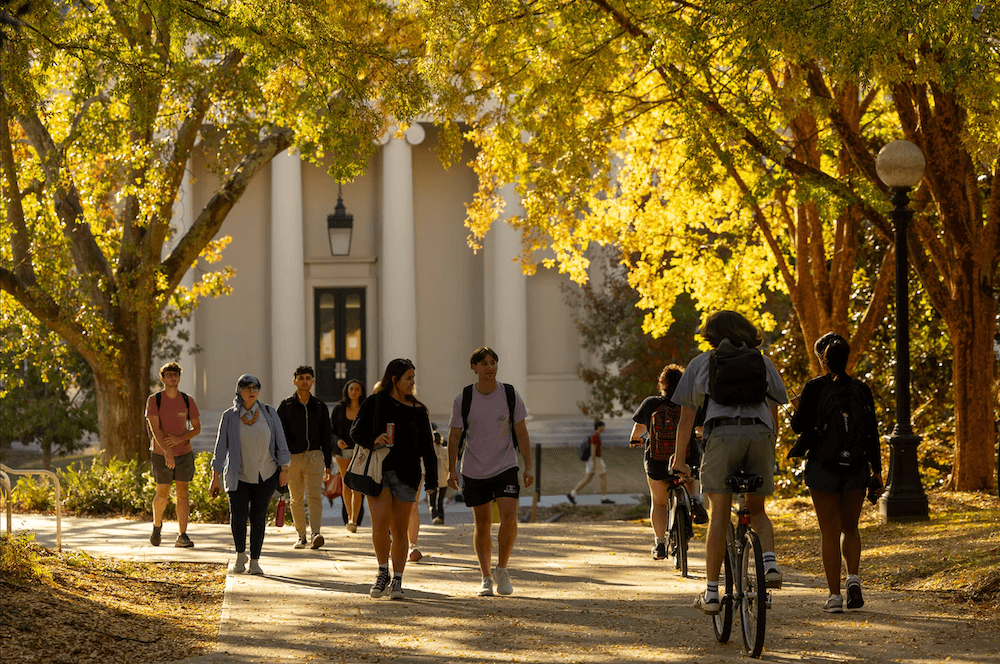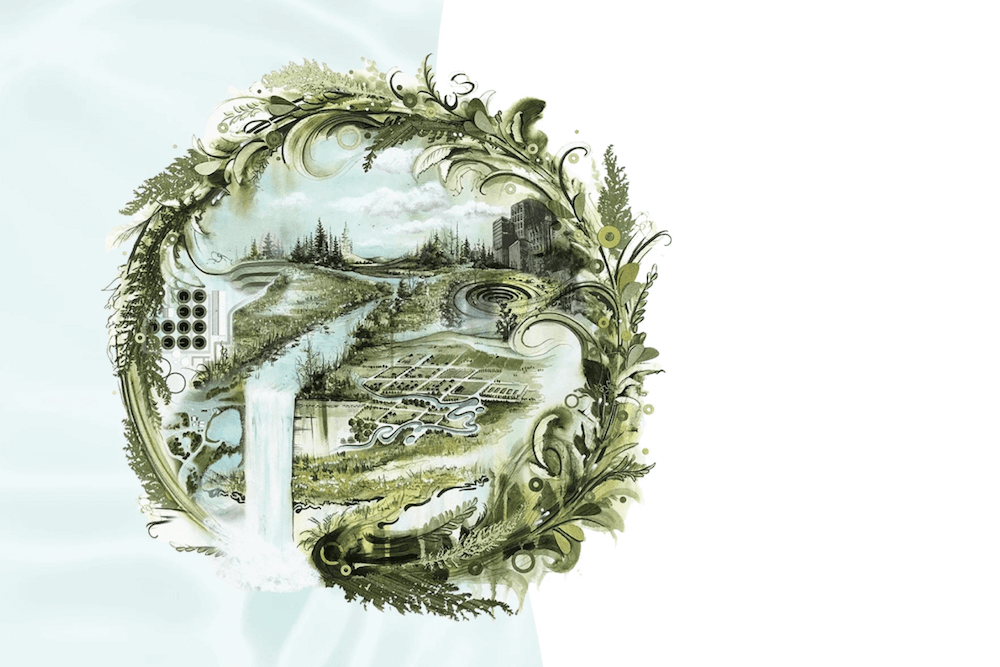|
|
With patience and persistent care, you and the family can grow
your own Halloween
jack-o’-lantern.
A long-term crop, pumpkins take 80 to 140 days to mature. If
the one you select takes
100 days, count back from late October. Allow 10-15 days leeway,
and plant about July 10.
Start with the right seed, and provide lots of space, water
and food for the vines.
Prepare the
Soil
Choose a sunny place to plant. For really huge pumpkins, the
vines need at least 20
feet between plants (10 feet for normal pumpkins).Then amend the soil. If you can, cover the entire patch with
a 3-inch layer of
well-rotted manure or compost, plus a sprinkling of fertilizer
or an organic mix of blood
meal and bonemeal.If you don’t have that much manure or compost, concentrate
what you do have into 6-foot
circles or hills for each plant. Till or dig the amendments
into the soil.
Start the Seeds
Pumpkin seeds need warm soil (75-85 degrees Fahrenheit) to
germinate. Most Georgia
soils are warm enough to germinate them in place.Place three to four seeds, pointed ends down, where you want
them to grow. Cover them
with an inch of sterile potting mix. Check the soil every day,
and water when the mix is
dry.As soon as the seeds sprout — usually in four to five days
— make sure the seedlings
don’t dry out. When the first true leaves appear, thin to one
plant per hill by cutting
off the weaker seedlings with scissors. (Don’t pull. This will
disturb the roots.)
Thin Excess
Fruits
When baby pumpkins appear, select two on separate runners 6
to 10 feet from the center
of the plant. Ideally, each pumpkin’s stem should be at a
90-degree angle to its runner,
so the growing pumpkin won’t force the stem to bend or
break.Cut off the rest of the fruits and any that set later. This
forces the vine’s energy
into growing large pumpkins.
Pollination
All pumpkins must be pollinated by bees. Be very careful
with insecticides. You don’t
want to kill any bees.Male and female flowers are on the same plant. The female
will have a tiny pumpkin at
the base of the flower.Pumpkins will produce 11 to 17 nodes before setting the
first female flower. Don’t be
concerned with an overabundance of male flowers early on.
Water, Fertilization and
Care
As the pumpkins grow, keep the soil evenly moist, but not
soggy. Pumpkin vines develop
extensive root systems because they can send down new roots at
every leaf node.Be sure to water the entire growing area to reach all of
these roots. Watering in the
morning will let the foliage dry before nightfall.Feed each vine weekly with a liquid fertilizer. Follow the
label directions. If you use
fish emulsion weekly, cut back to one-half the recommended rate
to keep neighborhood cats
from damaging your vines.Insects and diseases are a problem, so check with your
county Extension Service office
for recommendations. One thing that will help is to get the
fruit up off the soil.Don’t try to set the pumpkin upright to grow with a flat
bottom, though. This will put
pressure on the vine and may cause the stem to separate.
Harvest
When the pumpkin is mature, the vine will start dying, and
the stem will harden and
become woody. Most pumpkins will take on a golden color (some
may be cream or even
whitish) and a dull sheen.Always leave as much stem on the fruit as you can. And cut
— never pull — the stem
from the vine. Handle the pumpkin from the bottom, never by the
stem. And store it in a
dry, shaded, well-ventilated place.




